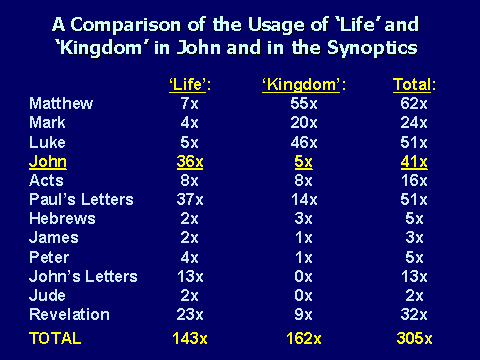
National Association of Christian Ministers Summary Series
The synoptic gospels are the first three books of the New Testament of the Christian Bible: Matthew, Mark, and Luke. They are called synoptic because they share a similar structure, content, and even wording in many places, suggesting that they were written using similar sources and were intended for similar audiences.
The synoptic gospels tell the story of the life and teachings of Jesus Christ, including his birth, ministry, death, and resurrection. They also include many of Jesus’ teachings, such as the Sermon on the Mount and the Parable of the Sower, as well as many of his miracles, such as healing the sick and the blind, casting out demons, and feeding the multitudes.
Despite their similarities, the synoptic gospels also have some distinct differences in their content and style. For example, the Gospel of Matthew emphasizes Jesus’ role as the fulfillment of Jewish prophecy and the Messiah, while the Gospel of Mark emphasizes Jesus’ power and authority as a miraculous healer and teacher. The Gospel of Luke, meanwhile, emphasizes Jesus’ compassion for the poor and marginalized, as well as his role as a savior for all people, not just the Jews.
Overall, the synoptic gospels provide a rich and varied portrait of Jesus Christ and his message, and remain some of the most important and influential writings in the Christian tradition.





